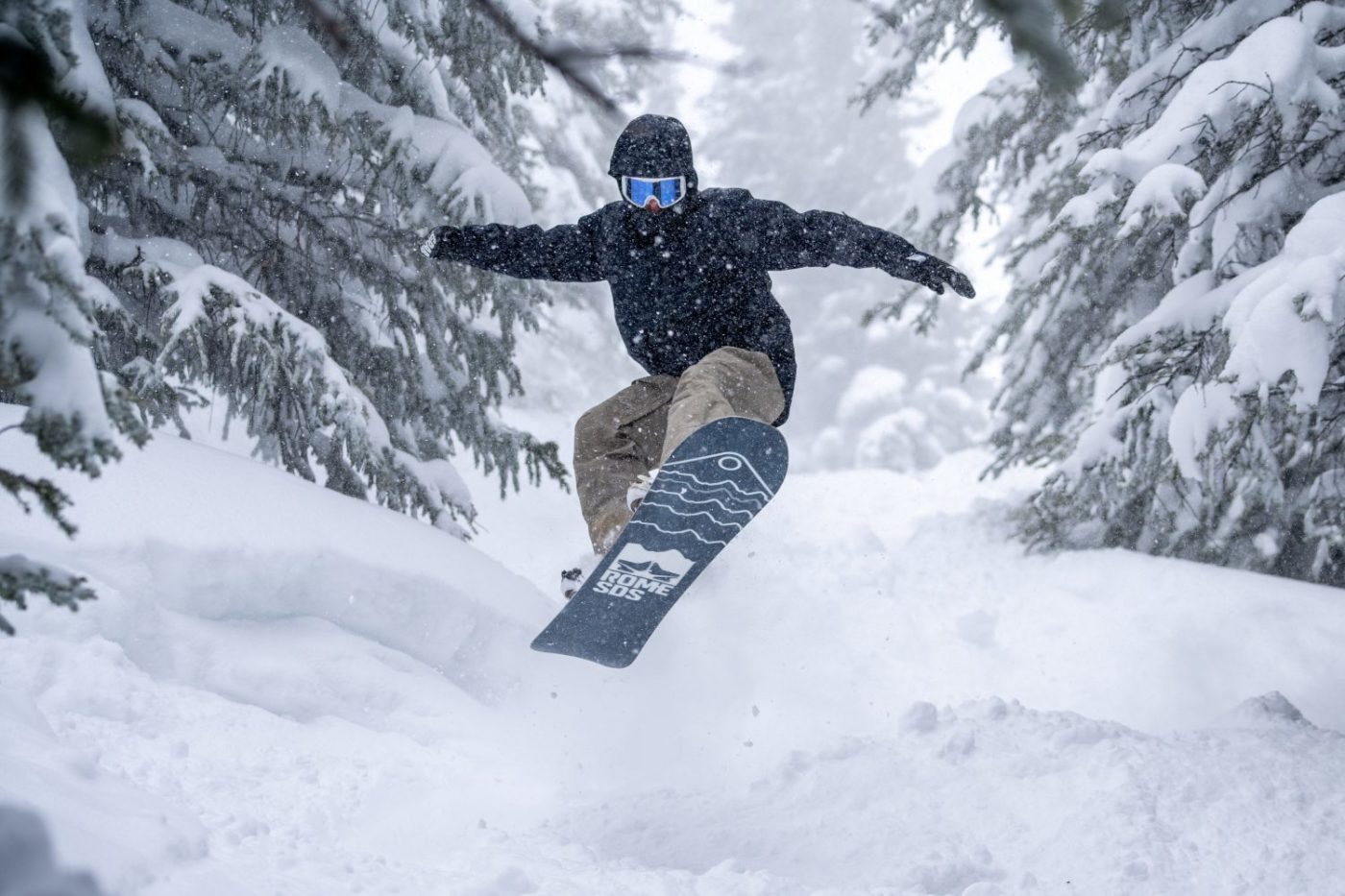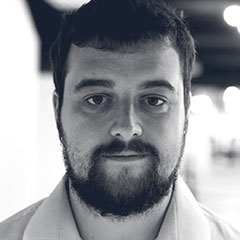Last month I took some time out for a one-week snow-boarding break to Bulgaria. This was my first venture for winter sports in well over a decade but with the exuberance of youth still fresh in my mind, I thought how hard could it be to replay those ‘straight airs’ and ‘grabs’? In hindsight, maybe unsurprisingly the answer was rather more difficult than I imagined as my knees and back aren’t quite as flexible as they used to be!
But while resting my aching bones of an afternoon with a cold White Stork beer, I began thinking about the lessons I’d learned from my experiences and how I might apply these when I wasn’t having to worry about how to do button lifts on a snowboard and instead sat back in sunny Manchester thinking about start-ups. Here are just a few of the takeaways thoughts I had.

Set realistic expectations
I had no expectations that when I got to the slopes other than I’d tighten my boots, strap on my board hit the slopes and get a phone call from the GB team for Beijing 2022 (let’s face it some of those winter Olympic events are absolutely terrifying, just watch this:
I did, however, think that day one would be a refresher on the beginner slopes, and then on I’d be cruising down the slopes looking smug and cool, considering some of the harder runs… Alas, this wasn’t the case. Day one actually involved a lot of falling flat on my face and arse in equal measures. As did day two and day three. Finally, by day four I’d found my feet (yes, at the end of my legs…) and could cruise down some of the easier slopes. Just in time to hand my board back and get on the flight home.
Safe to say it was an enlightening experience, especially watching others skiing in my group slowly go past me and attempt more difficult slopes as the holiday went on. In hindsight there were three key aspects that I reflected upon and realised where I had gone wrong:
- Before the trip, I hadn’t had any lessons in spite of advice from pretty much everyone
- I relied far too much on my previous experience and assumed the muscle memory was still intact
- I was comparing myself to the wrong people. Skiing is (arguably) much easier to pick up than snowboarding, so comparing myself to the rest of the party who were skiing wasn’t realistic for me to get to the same level at the same speed.
When I thought about this back home, I realised that these three lessons were actually transferable when thinking about startups, it was just a case of changing the context:
- Before starting a venture, seek out people who can offer advice and guidance in areas that you might be weaker on to get an edge.
- Just because you’ve done it before, doesn’t mean it’ll be the same again this time. Of course, there might be similarities and the basics probably remain the same. But there are always nuances and as time passes the market you’re in can change! Plus we all go for the wash-rinse-repeat of our existing habits and approaches.
- Try not to compare yourself to other founders, everyone moves at their own pace and in their own way. But if you are going to, looking at other founders within your sector and what they’re doing is more useful than looking at other founders in different sectors, as those sectors could operate and move very differently to the one you operate in.
You have to just keep picking yourself up and go again
As mentioned above, especially in the first few days, I spent a lot of time falling over. All in all, I reckon I spent as much time lying on the ice as I did on my feet. Physically this took a massive toll, I came back aching and bruised with a particularly amusing situation (for everyone else at least) where it hurt to stand up and sit down which ended in an awkward fall onto my bed.
At times it was rather difficult to keep picking myself back up, especially as at times I resembled a turtle trying to get off it’s back. The physicality of doing that as the bruises mounted, while the mental aspect of seeing others glide past gracefully, and knowing the group was waiting for me at the next checkpoint began to build. At times I nearly buckled and unstrapped the board and planned the easiest way to walk down the mountain instead.
The effort it took to keep going was significant, especially knowing that it probably meant picking myself up again and having the same conversation with myself in about ten or twenty metres time (yes it was that bad at times). Whether it was sheer bloody-mindedness, pride or realising boarding was just easy than walking down the ice, I did eventually make it to the bottom of the slope and the beer felt very hard-earned.
And this is something that I think a lot of founders can relate to. During a startup journey, you can have the ideas and expectations of how things will turn out, but along the way, there are inevitably going to be bumps in the road. Whether that is not getting investment, customers falling through or issues in recruitment, the variety and number of bumps (and bruises) are massive. It is probably these sort of bumps that account for the numbers we see as regards to start-up failure.
It is for reasons like this it is good to look at the lessons from above, getting advice and having good people around you to keep you going is so important. By having that motivation the likelihood to say this isn’t working and stop is decreased. Sometimes it is right to throw in the towel, but sometimes it’s best to listen to that font of wisdom Rocky Balboa:
“It’s not about how hard you hit. It’s about how hard you can get hit and keep moving forward. How much you can take and keep moving forward”
Plus like I said, when you finally get there, the beer definitely tastes better!!
Making mistakes is fine – but not learning from them isn’t
As I mentioned earlier, a lot of the issues I experienced could probably have been avoided if I’d not been so stubborn before I actually went on my trip, but when I finally hit the slopes – with a thud – on the many, many, many times I tumbled, I had to constantly assess what I’d done wrong. Then pick myself back up, try again and learn from my mistakes. The fact it took me the best part of four days shows how much learning there was to take in.
And it’s good to take this approach with business. We all make mistakes of various sizes and varying degrees of severity. As long as we can either learn from those mistakes and course correct, that’s fine. Adopting a true Agile mindset will help this, or use hindsight to triage where something went wrong. Conducting a reflective retrospective – not to assign blame but to assure the mistake is learnt from – and processes are put in place to ensure the mistake isn’t repeated works. Trust me, making a mistake is even more painful when you’ve seen it happen before and didn’t change course… especially when there is a large tree in the middle of that course.
Set short-term goals
One of the glaringly obvious mistakes I made on the slopes were the goals I had set for myself. As I said above, I expected to have some quick recall time, then move on quickly to cruising down the slopes looking cool on my board. Outside of those daily objectives I had very little in the way of what I actually wanted to do. If you’ve got this far, you know even those goals were lofty from what I wanted to achieve!
Captain Hindsight once again tapped me on the shoulder as I thought about this and even after I began re-evaluating how I’d approached my time on the slopes. I shouldn’t have looked daily and maybe not even half daily. I should have looked at where I was and set myself a goal of getting the next 10m upright! Short term I know, but slowly those 10m’s add up to doing a whole run without my backside hitting the hard, packed snow.
In your startup, we can often set lofty goals of being the next this or next that with huge revenue from huge customer numbers by the end of year one or two. We all know that this can happen, but getting there is often a mystery. We need to have a Vision, set our North Star and then look for incremental progress.
Really we should make sure we set realistic goals which will stretch us and then slowly work backwards and set smaller incremental goals which can really show the progress on a micro-level. At that point, the macro scale looks after itself. Now I’m not saying setting a goal every day, but maybe a weekly goal to reach out to X many potential clients or onboarding five new clients a week isn’t out of the question. Standard KPI tracking and SMART goals will really help with this.
Celebrate Success
If you’ve made it down this far, I hope it was less arduous than me getting down the slope. But regardless of how hard it was, we should always celebrate the successes, no matter how small they are. Whether it’s getting to the end of a run, taking stock and realising everything you’ve managed to achieve with your startup is important and should be celebrated.
For every time you’ve had to buckle down hard and see through a tough time and get over all the speed bumps, hurdles or challenges that get thrown at a startup, you should celebrate getting through that. It’s a step in the right direction. We’ve already mentioned goal setting, achieving and exceeding those milestones should be seen as a win and something which you should be proud of. It’ll also help motivate you the next time to help push you through to achieve the next result.
It doesn’t have to be a beer (but it can be), it could be a night off or a hard-earned break to clear your head before you’re ready to get back to hit the next objective.
Thanks for reading folks and I hope in some small way this can give you some help, although not with snowboarding – there are far more qualified people to help with that!


